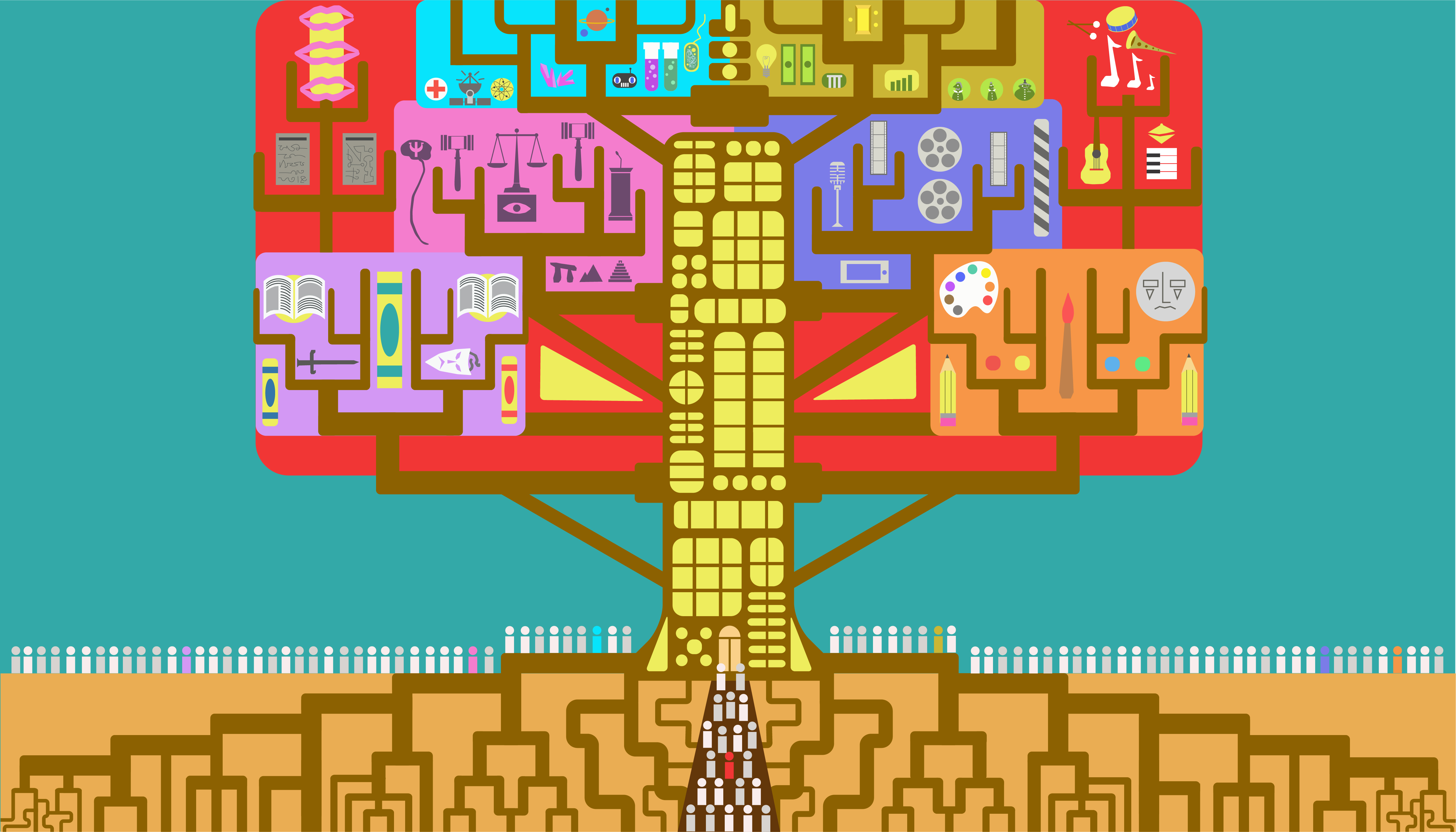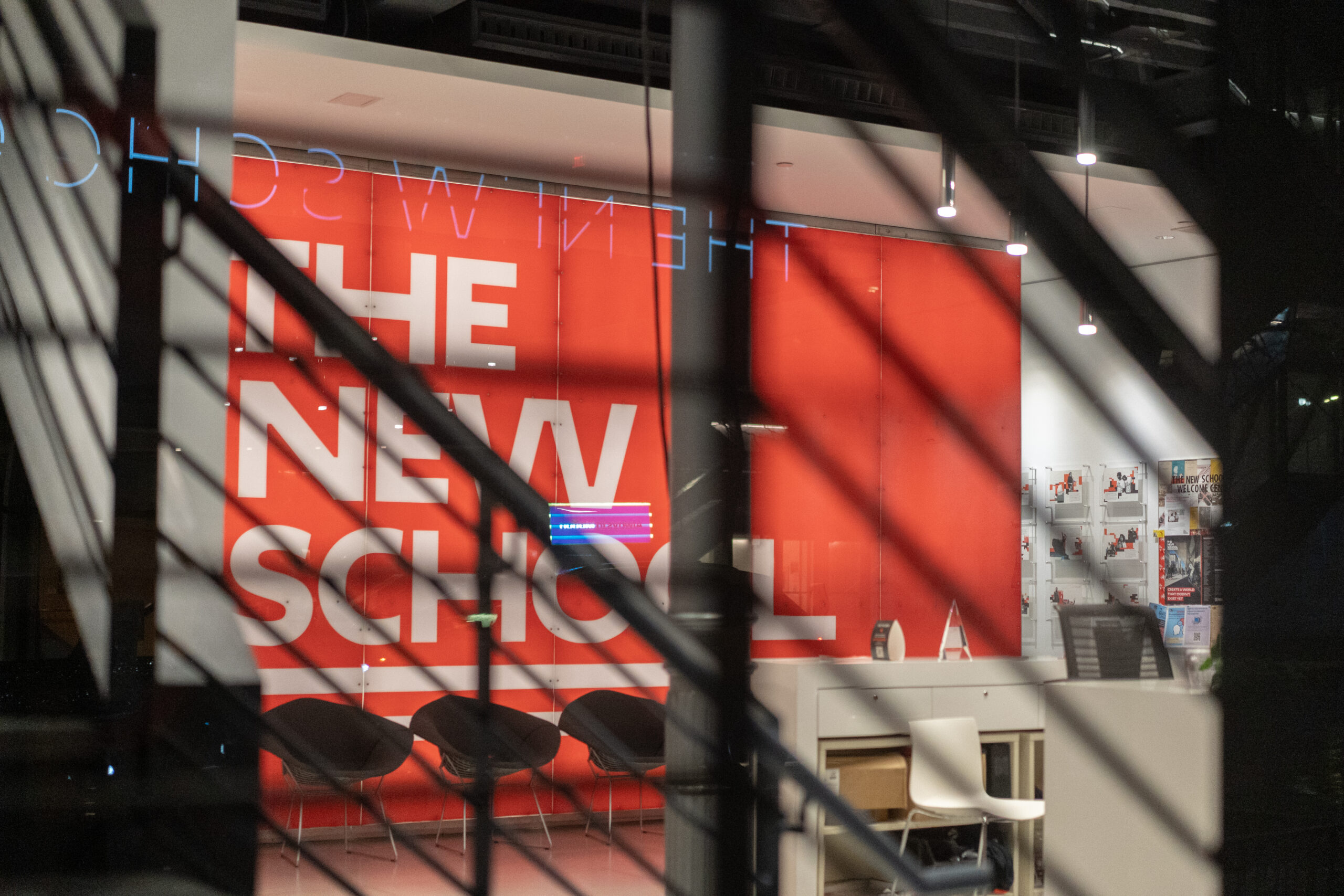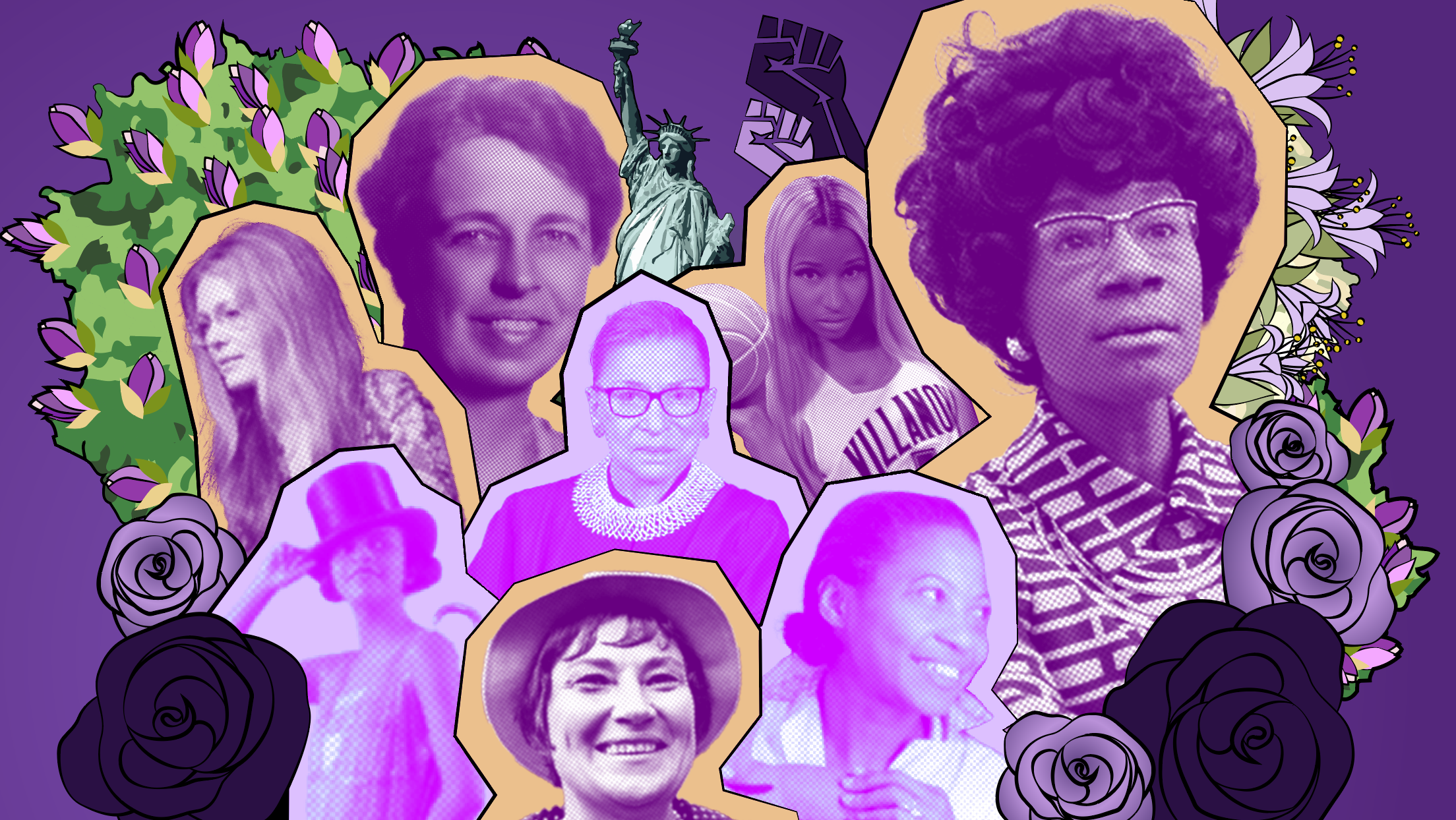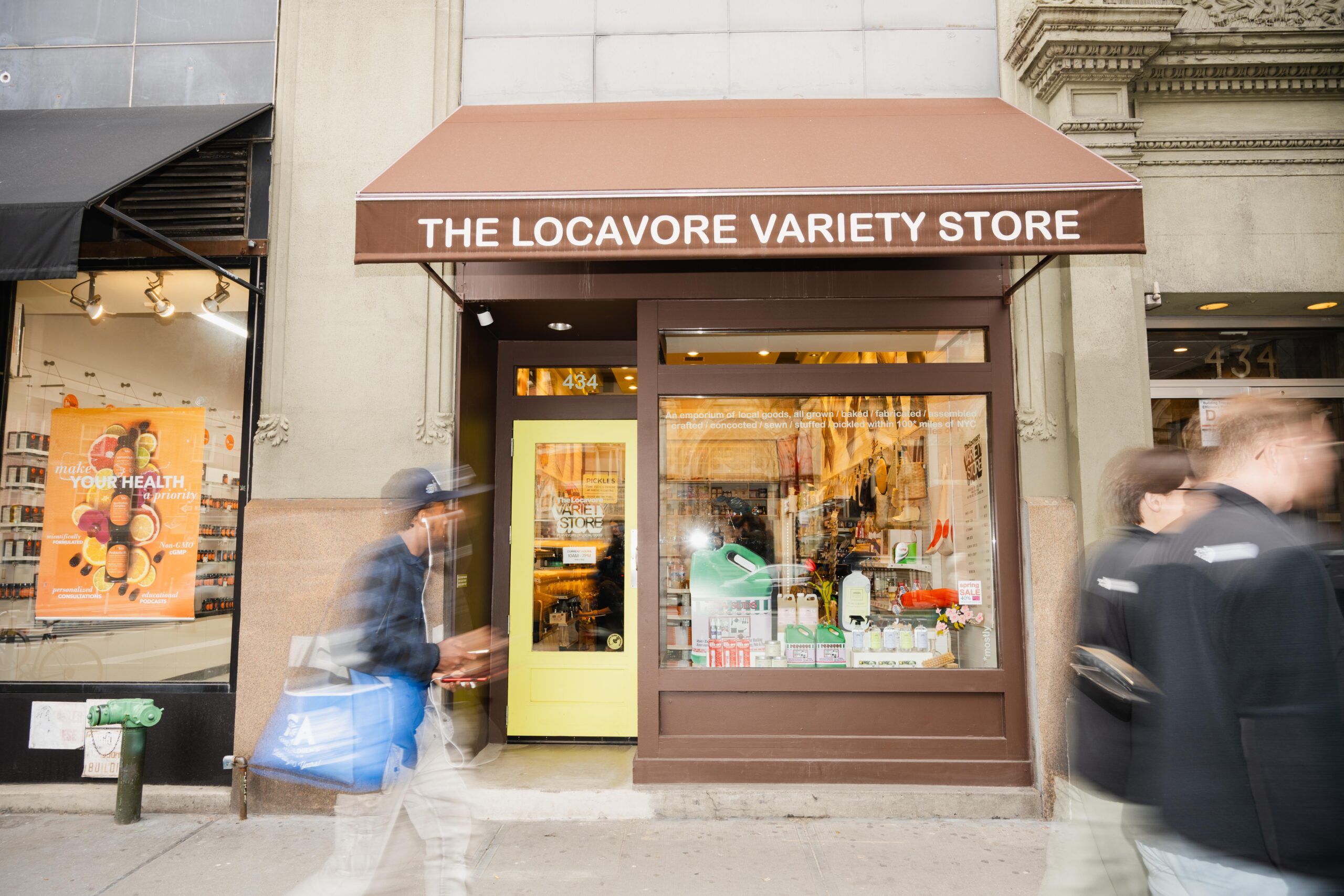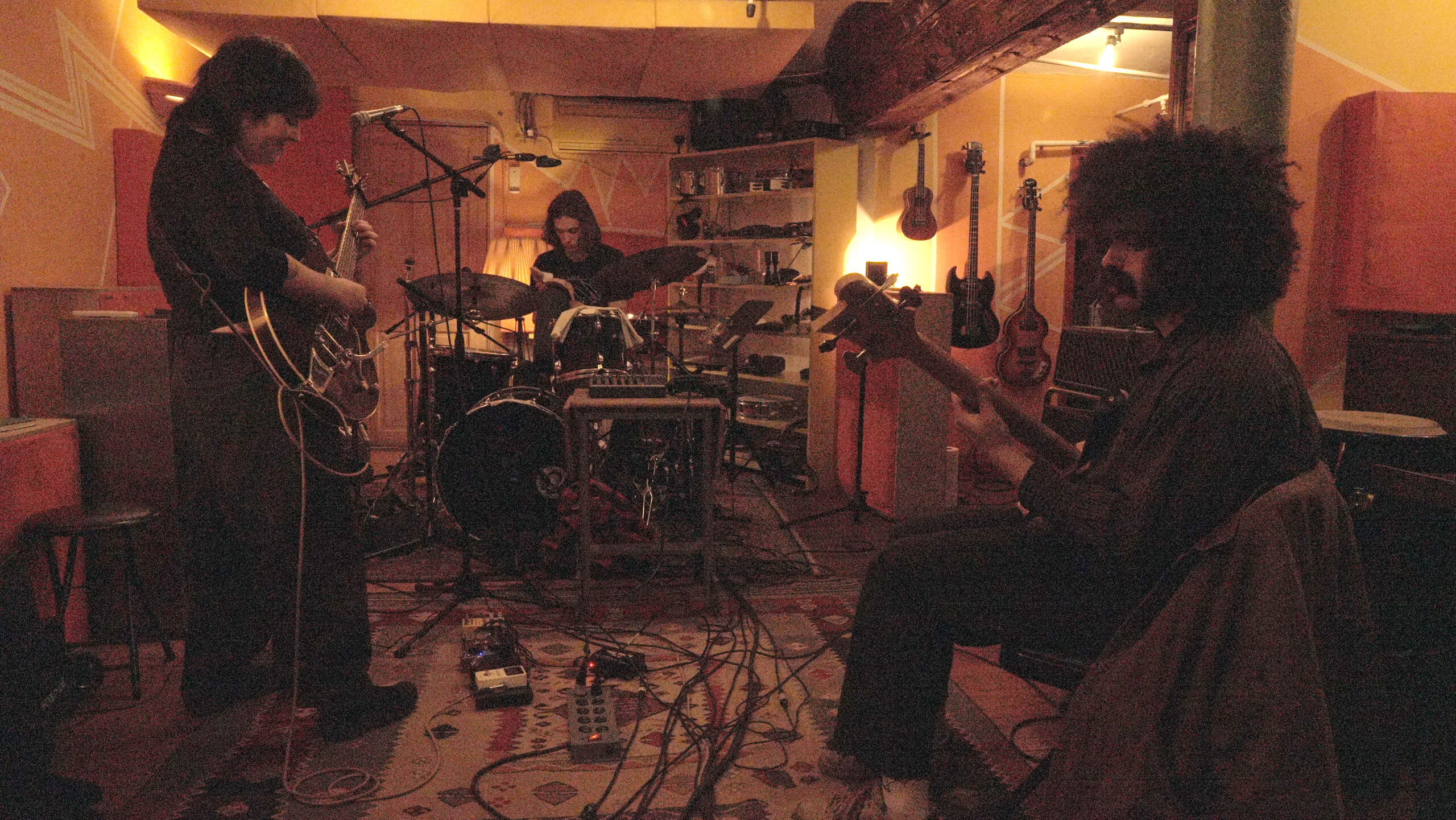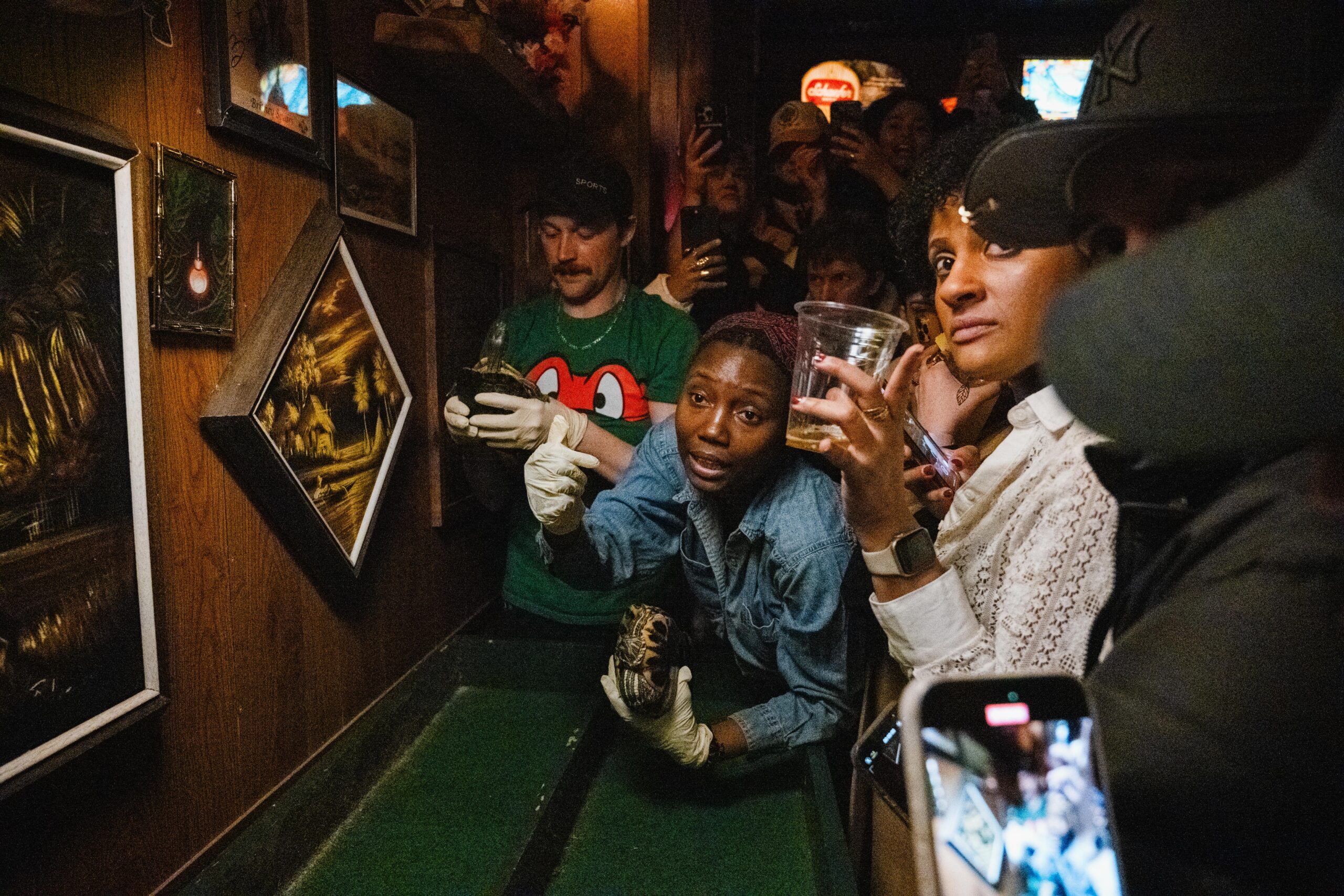John Roach has been a faculty member at Parsons since 2002, and has worked closely with Parsons Dean Joel Towers. As Towers prepares to leave his current position, Roach reflected on his experiences working with Towers and his hopes for the next dean of Parsons.
I worked very closely with Joel during the intense period of development and implementation that preceded the launch of our revised undergraduate curriculum. I was invited by Joel and the Parsons School deans to lead a committee with a daunting task: to give form to the curricular vision that had emerged from many years of intensive meetings, debate and discussion with faculty, students and staff, a curriculum that could position Parsons to better reflect contemporary art and design practice, and to prepare it for the future.
Was I the right person for the job? The best person to help lead out such a monumental thing? At the time, I wasn’t so sure. It’s impossible to overstate how much I learned in this period and grew in my role with Joel’s support. I imagine that many of my colleagues have similar reflections on Joel’s impact on the culture at Parsons and on our own understandings of what leadership can be. At every step of the way, Joel’s guidance to our curricular team was to bring as many people into the conversation as possible, to gain insight from the people who represent the richness and complexity of Parsons, while also balancing the future vision of what we aimed to achieve. This was really Joel’s genius as a dean: his ability to emphasize both the importance of the work at hand, the countless pieces of the process (from developing learning outcomes, to designing faculty development opportunities, to reviewing the endless stream of charts and documents that helped give voice to our progress) and to continually strive toward a vision of what the institution aimed to become.
The changing of a curriculum, the shifting of every single undergraduate program of study was not only a complex project, but it continues to be one. Joel often reminded us that the work of developing and adjusting should never be complete. Not only do we need to continue to reflect on the work that our students and faculty are doing and respond over time, but we need to be prepared to adjust to the world that is rapidly changing around us. What good is a new curriculum if it can’t prepare us to respond to change?
We continue to reflect on and assess the results of our curricular changes in a comprehensive way that just wasn’t possible before 2013. What this means is that we are thoughtfully responding to the work not only within a class or a program, but across them, and across schools. This is largely because of the creation of systems, developed over time with the input of many, that allowed us to communicate across Parsons. Joel championed these efforts that helped us to better understand the complex system of Parsons.
It is worth mentioning something that is a little harder to track or to assess. A fundamental aim of our changes at Parsons, and one that Joel emphasized at every step, was the opening up of Parsons to the University. Before 2013, it was exceptionally difficult for students to take advantage of the fact that Parsons was part of The New School. There were numerous reasons for this: from the lack of elective space in some programs, to the conflicting schedules of classes across colleges, to the dearth of seats made available to students “from the outside.” But the fact is, because of the changes we have made, we now have more Parsons students than ever taking undergraduate classes in other colleges. There has been a 90% increase in Parsons students taking courses at Lang, and the same is true of students coming to take Parsons courses; there has been a 200% increase in Lang students taking Parsons courses since 2013.
If I haven’t yet made it clear, I should say that Joel has been and continues to be a central figure in the vision of Parsons. He has been actively involved at every level and continually helps to reinforce who we are and where we are going. As we consider the prospect of a change in leadership, I would like to be sure that this important work continues to evolve with the deep knowledge and respect for process that it deserves. We have only just graduated our first group of students through the new curriculum. We still have work to do.
The role of executive dean is a balancing act, there are many stakeholders at Parsons and while there are too many to include here, the students, the faculty and the staff are at the top of the list. A new dean needs to be a powerful advocate for students. As Joel has demonstrated, this means not only being mindful of the important issues that are here now, but also of having the vision to imagine future needs. This of course comes back to my interest in the continued development of curriculum. It is critical that a new dean be an engaged partner in our work of evolving art and design education. Speaking as a full time faculty member, this dean transition has made it plain that while we have made great strides towards faculty-led governance, we also have a really long way to go. So much of the visionary and the day-to-day work at Parsons rests in the hands of the faculty. There is a strong desire to have our voice officially recognized.
Over the past two years, we have seen a veil slowly pulled away from the once opaque systems of Parsons. For example, we have a much better understanding of our finances, of curricular decision-making, and enrollment. This move towards increased transparency has been a breath of fresh air and it needs to continue. One of the benefits (or perhaps even a catalyst) of this transparency is a greater communication between the faculty, the administrators in programs and schools, and all of the staff in the dean’s office. When I first became full time faculty, there was a pretty fierce us vs. them attitude. Thankfully, we have moved increasingly towards the realization that we are all playing for the same team.
Finally, I want to echo Joel’s comments about diversity. The evidence of our commitment to social issues can be seen in projects emerging from all of our programs. To quote The New School’s mission, we are always striving with our students to be “critically engaged citizens, dedicated to solving problems and contributing to the public good.” Now is a good time to take that commitment seriously and to have our leadership reflect the diversity and voices of the Parsons student body.
Illustration by Charles Ta

